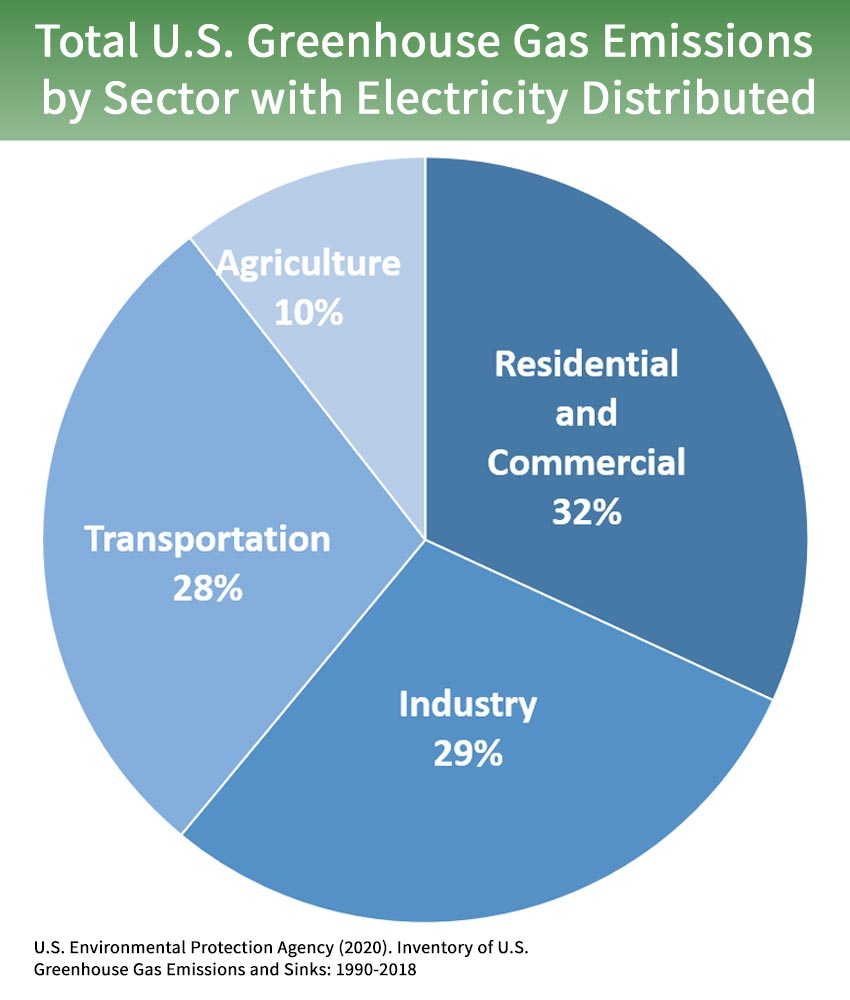Advocate for Paris Accord Leadership
Image courtesy of RawPixel is unmodified and licensed under CC0 1.0.
Global plans to mitigate the climate crisis include the Paris Agreement, adopted worldwide in 2015. This agreement lays out critical steps to stop the destruction of our environment.
The US has adopted the Paris Agreement. We need everyone, and every institution, to join and act.
Actions
1. Lobby for public and private leadership and action
Time: 10 minutes
The Paris Agreement invites all businesses, states, cities, universities and colleges to support the accord and plan their responses to climate change. Governors can join the U.S. Climate Alliance and other organizations and businesses can participate in the America Is All In coalition.
Lobby your governor
- Look up if your state is a member of the U.S. Climate Alliance.
- Find your governor’s contact information online at your state’s website.
- Use our email template to lobby your governor to join the U.S. Climate Alliance.
Lobby businesses
- Look up businesses that are members of the America Is All In coalition.
- Identify a business you support that is not a member and look up a representative to contact online.
- Use our email template to lobby the business to join the coalition.
Lobby universities and colleges
- Look up if your university or college is a member of the America Is All In Coalition.
- Find contact information for an administrator who could help your school join the coalition.
- Use our email template to lobby your college or university to join the coalition.
Learn more
- America Is All In — Coalition of leaders in support of climate action in the United States.
Climate Change
The planet’s surface temperature has risen at an unprecedented rate over the last century. Most of this change is our fault.
How are humans causing climate change?
Our increased use of fossil fuels such as coal and gas has created a “greenhouse effect.” Carbon dioxide (CO2), methane, nitrous oxide, and water vapor block the sun’s heat from being released back into the air. Instead, the heat is trapped in our atmosphere, just like in a greenhouse.
Fossil fuels currently provide most of the energy we use for transportation, electricity production, heating and cooling, and industrial activity. The graph on the right shows how carbon dioxide levels have changed throughout history.
 Deforestation is another way we cause climate change. Trees absorb CO2 from the atmosphere. That benefit is lost when they’re cut down, and all the stored carbon is released into the atmosphere. Over 30 million acres of forests and woodlands are cut down every year. The biggest reason for deforestation is to clear land for crops and livestock.
Deforestation is another way we cause climate change. Trees absorb CO2 from the atmosphere. That benefit is lost when they’re cut down, and all the stored carbon is released into the atmosphere. Over 30 million acres of forests and woodlands are cut down every year. The biggest reason for deforestation is to clear land for crops and livestock.
Livestock farming also contributes to climate change. Nearly 10 billion land animals are used each year in the US for meat, eggs, and milk. Cows and sheep produce large amounts of methane when they digest their food. Feeding, processing, and packaging animals releases hundreds of millions of tons of CO2 into the air each year. The graph on the left shows greenhouse gas emissions by economic sector.
What are the effects of climate change?
Climate change has already caused damage to the environment. Glaciers have shrunk and sea ice has melted; plant and animal ranges have shifted; sea levels have risen; longer, more intense heat waves have caused extreme droughts; and increased precipitation has created extreme flooding. Climate change has produced stronger, more intense natural disasters that force 26 million people into poverty each year, according to the World Bank. Climate change is also linked to conflict. The countries with the least water are the countries most affected by conflict. The map below shows water stress by country.
What will happen if climate change continues?
By 2030
- Up to 325 million people will be living in countries exposed to unprecedented droughts, flooding, and natural disasters.
- The number of people exposed to flooding each year is at risk of tripling from 21 million to 54 million people.
- An additional 100 million people will be pushed into poverty.
Beyond 2030
Rising sea levels constitute one of the greatest dangers of climate change. 75% of major cities are located by oceans. If climate change continues, researchers estimate that land occupied by 280 million people today could be completely submerged in a few hundred years.
In less than 25 years, much of the world is expected to suffer from high levels of water supply withdrawals, including the United States. This will lead to increased food insecurity, poverty, and conflict.
See the countries that are under the greatest threat.
Climate change causes increased aggression, violence, and conflict.
Learn more about the link between climate change and conflict here.
Every city in the US will be affected by climate change.
They may suffer increased drought, heat, temperature variations, fires, floods, storms, or sea-level rise. Many will suffer a combination of these disasters.
Find out how your city be affected by climate change here.
Updated September 2023.


